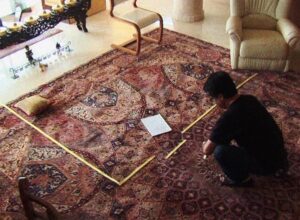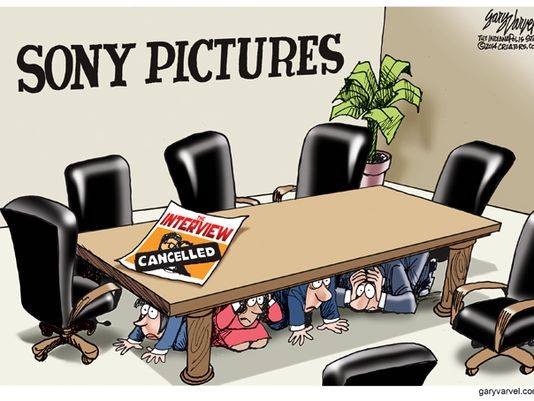
The 2011 film, This is Not a Film, is a documentary created by and centered around Iranian filmmaker, Jafar Panahi, as he goes about day-to-day life under house arrest and censorship forced on him by the Iranian government. Throughout the film, Panahi is shown attempting to appeal his sentencing of six years in prison and 20 years banned from filmmaking. This was charged against him for speaking out against the government. Despite the limitations imposed on him, Jafari shot this film on a cellphone entirely in his home, and then had the footage smuggled out of the country on a flash drive that was hidden in a birthday cake. This article will be discussing how the mindset of both artists and criminals overlap through their persistence against limitation, and how this film is representative of these ideas.
Once an individual experiences creative freedom, that expression can’t be sealed back away. Artistic expression is one of the purest forms of humanity’s inner most natures. Making art allows people to express themselves through any medium imaginable. This is why the censorship imposed on Jafar Panahi was ineffective. The film continuously shows the audience glimpses into Panahi’s imagination. Throughout, Panahi describes and plans out a screenplay for a film that he had previously written, but that the government had denied permission to be made. When discussing whether or not doing this would be illegal, Panahi says “So far it says: 20 years ban from filmmaking, 20 years ban from writing screenplays, 20 years ban from leaving the country, 20 years ban from having interviews. Acting and reading screenplays were not mentioned” (Panahi, 2011, 0:20:22). Regardless of the stakes of his situation, he still finds room to joke and risk further punishment by continuing to bring his previous screenplay to life. Ironically, this screenplay he describes is about a girl who is forbidden from attending art school by her parents, and is subsequently trapped in her room to stop her from going. This situation draws an obvious parallel to the one Panahi himself is in during the documentary. Thus, even criminal charges and censorship of his ideas were not enough to stop Panahi from speaking out against his country’s government.

It also can’t be overstated how important creative expression can be in moments of turmoil and conflict. One moment in the film shows Panahi on the phone with someone discussing the possibility of his appeal, and immediately going into more detail about his screenplay after he gets off the phone (Panahi, 2011, 0:47:27). With being left in his home only to wait for his appeal decision, he expresses himself by planning out his screenplay while at the same time capturing video for this film. He copes with his dreaded circumstances through further defiance against them.
This defiance of Panahi’s art is similar to the defiance of criminality. When somebody commits a crime and receives punishment, it doesn’t automatically prevent them from committing the same crime in the future. In a way, it opens a part of a person’s inner nature that can’t be contained again; even by the law. Panahi in this film also demonstrates this concept. Despite already being punished for committing a crime in his government’s eyes, he still chooses to commit that crime again. Regardless of the laws and regulations that governments may implement, crime still persists in every country in the world. This shows how crime unlocks a part of a person’s brain that often goes against rational thought or self preservation. It gives a sense of freedom that is similar to the feeling of creating art, and this feeling can’t merely be quashed with legal limitations.
Jafar Panahi’s This is Not a Film demonstrates how artistic expression and criminality will naturally work against the things that defy them. Panahi himself experienced severe censorship under the Iranian government, but this only emboldened him to spread his messages more.







Panahi’s reaction to the government enforcing censorship and heavy legal consequences is inspiring to all other artists. His expression is a real life example of how the law at times will not always perfectly align with an artist’s intrinsic need to express themselves in the way that feels most true to them. Panahi I feel easily steals the hearts of those who learn about his story because of how relatable he is. Panahi would find ways to resist his threatened serious charges even with humor, the same way some people who cope with hardship use humor to lighten up situations no matter how bleak they may seem. In Panahi’s case, the crime of him finding ways to screenplay and produce a film is art itself. There is undeniably intersectionality with art and crime as proven by Panahi’s story.